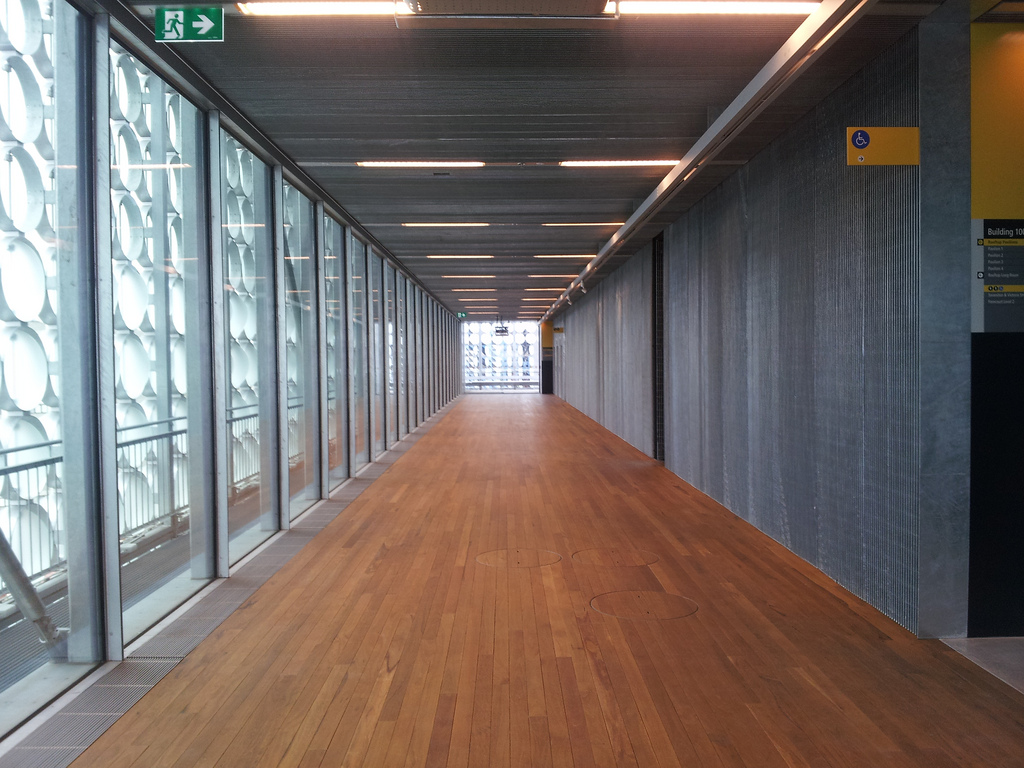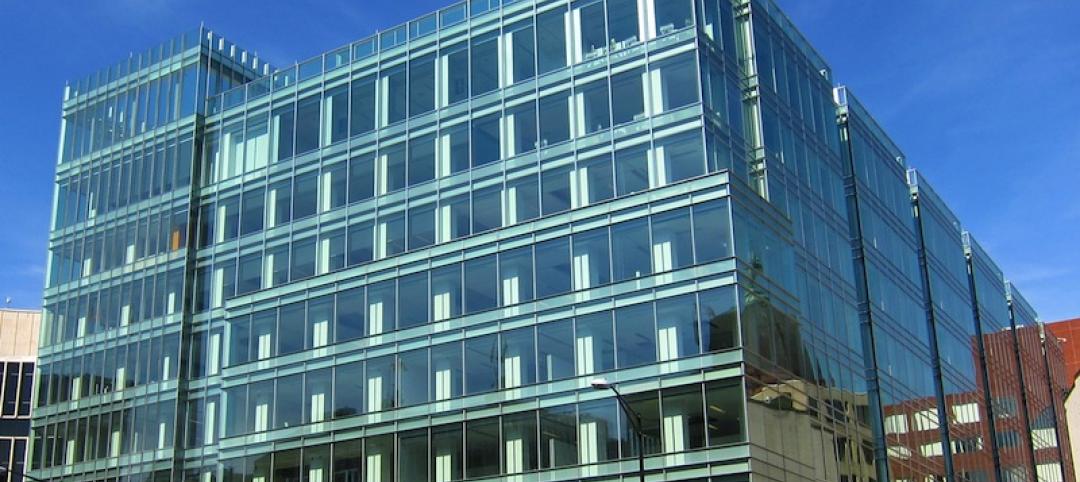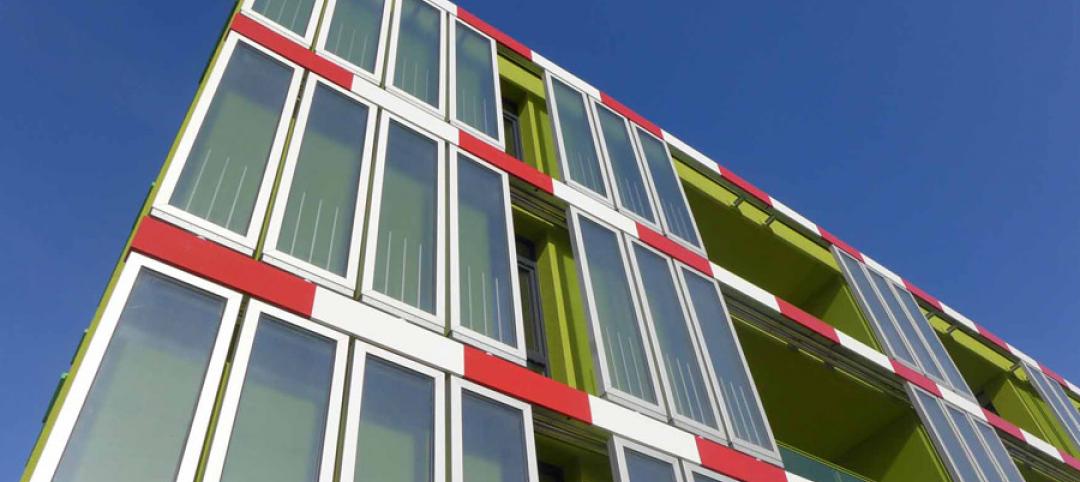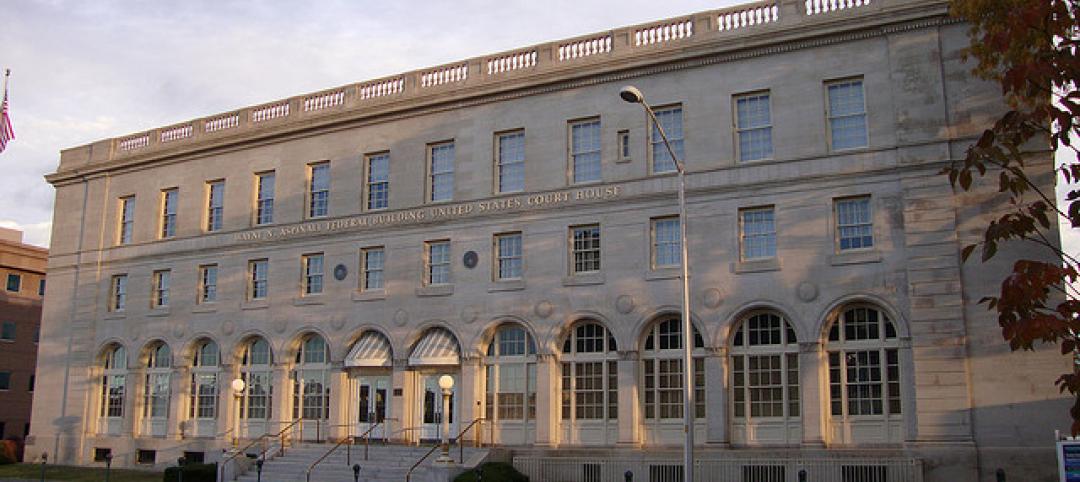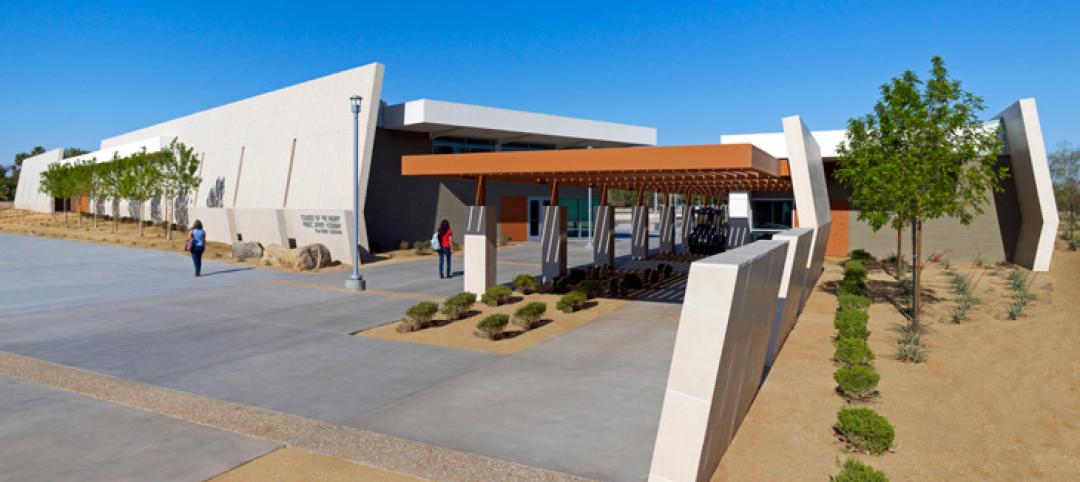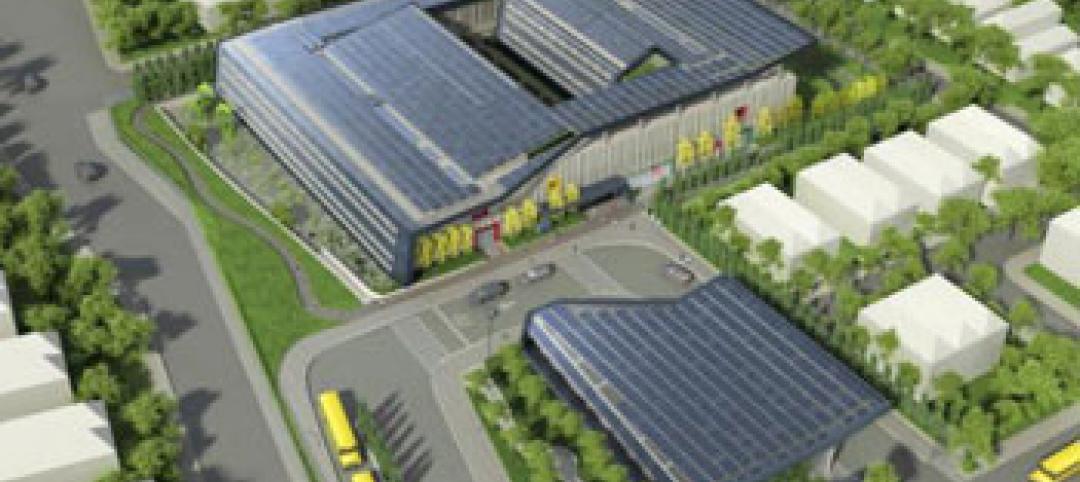Green Seal, an independent nonprofit certifier of sustainable products and services, has introduced a revised version of its GS-11 Standard.
The updated standard covers most types of architectural coatings. This new edition of GS-11 includes floor coatings, concrete and masonry sealers, and fire resistive coatings, in addition to the paints, primers, anti-corrosive coatings, and reflective coatings previously covered. The new Green Seal standard offers greater flexibility for the assessment of VOCs and aligns with VOC limits set by the current California Air Resources Board. The standard also addresses:
- Stains and finishes for wood and metal, previously covered by the GS-47 Standard
- Updates for clarity on certain criteria for chemical ingredients, reflecting the current market for leadership products
With the rapid advances in formulation technology Green Seal redesigned GS-11 to promote the creation of safer coatings by restricting a comprehensive list of harmful chemicals, including heavy metals, certain phthalates, formaldehyde donors, carcinogens, mutagens, reproductive toxins, hazardous air pollutants, and ozone depleting compounds. Exceptions are made for titanium dioxide, carbon black, crystalline silica, and PCBTF because they are necessary for acceptable performance and feasible alternatives are currently lacking.
Related Stories
| Sep 13, 2013
Insurance expert: Managing green liability risk not so different from 'normal' risk mitigation
Worries about legal liability have long dogged the sustainable building movement, but insurance expert Karen Erger says sustainability lawsuits are caused by the same types of issues that have always prompted clients to sue AEC firms.
| Sep 13, 2013
Video: Arup offers tour of world's first algae-powered building
Dubbed BIQ house, the building features a bright green façade consisting of hollow glass panels filled with algae and water.
| Sep 11, 2013
New design for Chinese science park aims for zero-carbon footprint
A new design for Jinshui Science and Technology Park in Zhengzhou, China is aiming for a zero-carbon footprint.
| Sep 4, 2013
Smart building technology: Talking results at the BUILDINGChicago/ Greening the Heartland show
Recent advancements in technology are allowing owners to connect with facilities as never before, leveraging existing automation systems to achieve cost-effective energy improvements. This BUILDINGChicago presentation will feature Procter & Gamble’s smart building management program.
| Sep 3, 2013
Grand Junction, Colo., courthouse aims to be first net-zero building on National Register of Historic Places
After a two year renovation, the 95-year oldWayne S. Aspinall Federal Building and Courthouse in Grand Junction, Colo., is being evaluated for LEED Platinum status and may become the National Register of Historic Places’ first net-zero-energy building.
| Aug 27, 2013
College of the Desert in Palm Springs to produce more energy than it consumes
A 60-acre solar farm next to the College of the Desert in Palm Springs, Calif., along with a number of sustainable building features, are projected to help the campus produce more energy than it uses.
| Aug 19, 2013
Integration of solar panels in building skin seen as key net-zero element
Recent high-profile projects, including stadiums in Brazil for the upcoming World Cup and Summer Olympics and a bank headquarters in the U.K., reflect an effort by designers to adopt building-integrated photovoltaics, or BIPV.
| Aug 14, 2013
Green Building Report [2013 Giants 300 Report]
Building Design+Construction's rankings of the nation's largest green design and construction firms.
| Aug 12, 2013
New York’s first net-zero school will be a sustainability lab for city school system
An elementary school on Staten Island will be the first net-zero energy school in New York City and the Northeast. The school is designed to use half the energy of a typical New York public school. Construction will be completed in 2015.
| Aug 8, 2013
New green property index could boost REIT investment in more sustainable properties
A project by the National Association of Real Estate Investment Trusts (NAREIT), the FTSE Group, and the U.S. Green Building Council to jointly develop a Green Property Index could help REITs attract some of the growing pool of socially responsible investment money slated for green investments.


